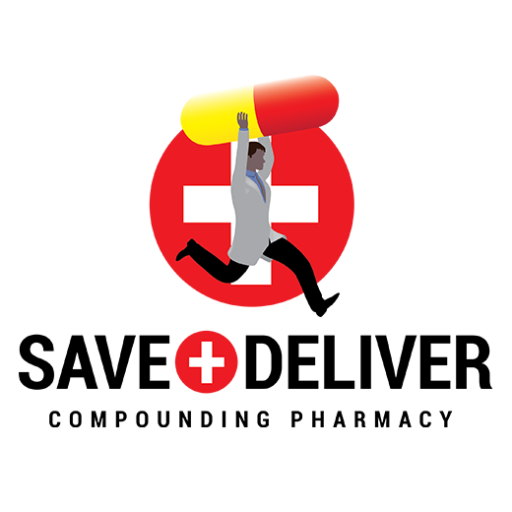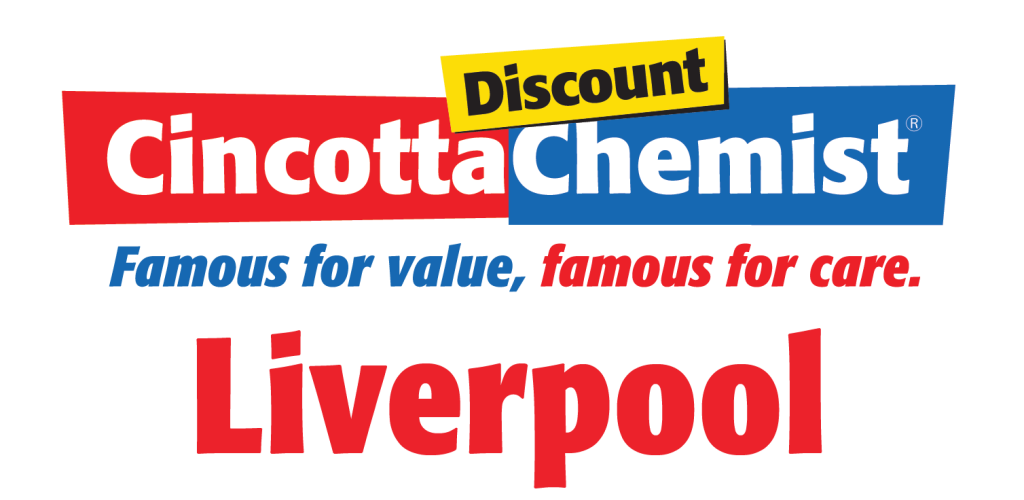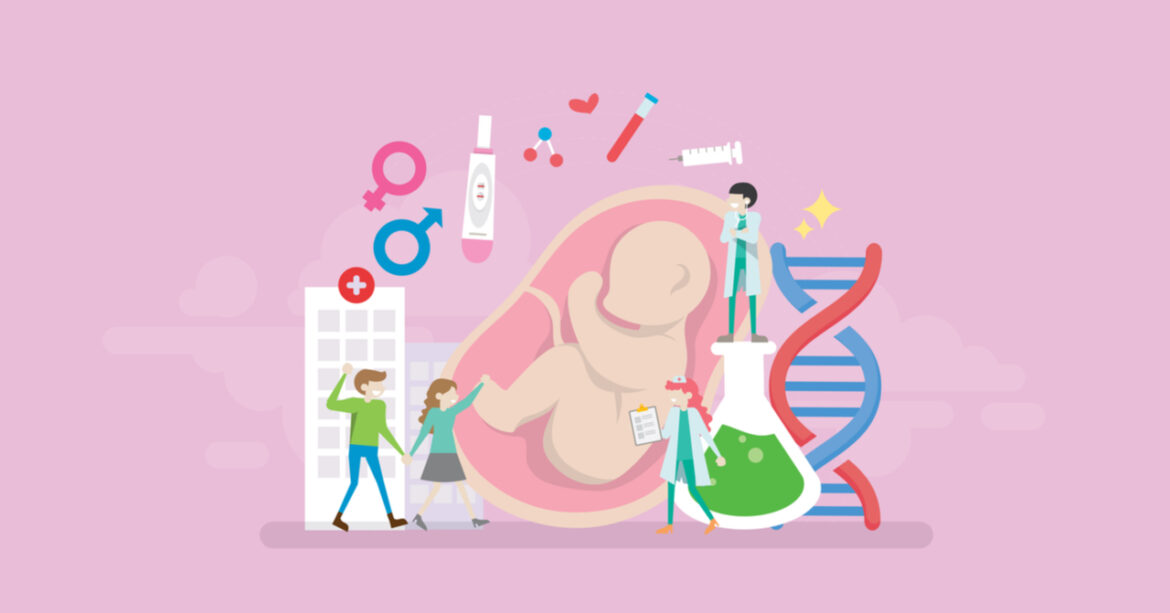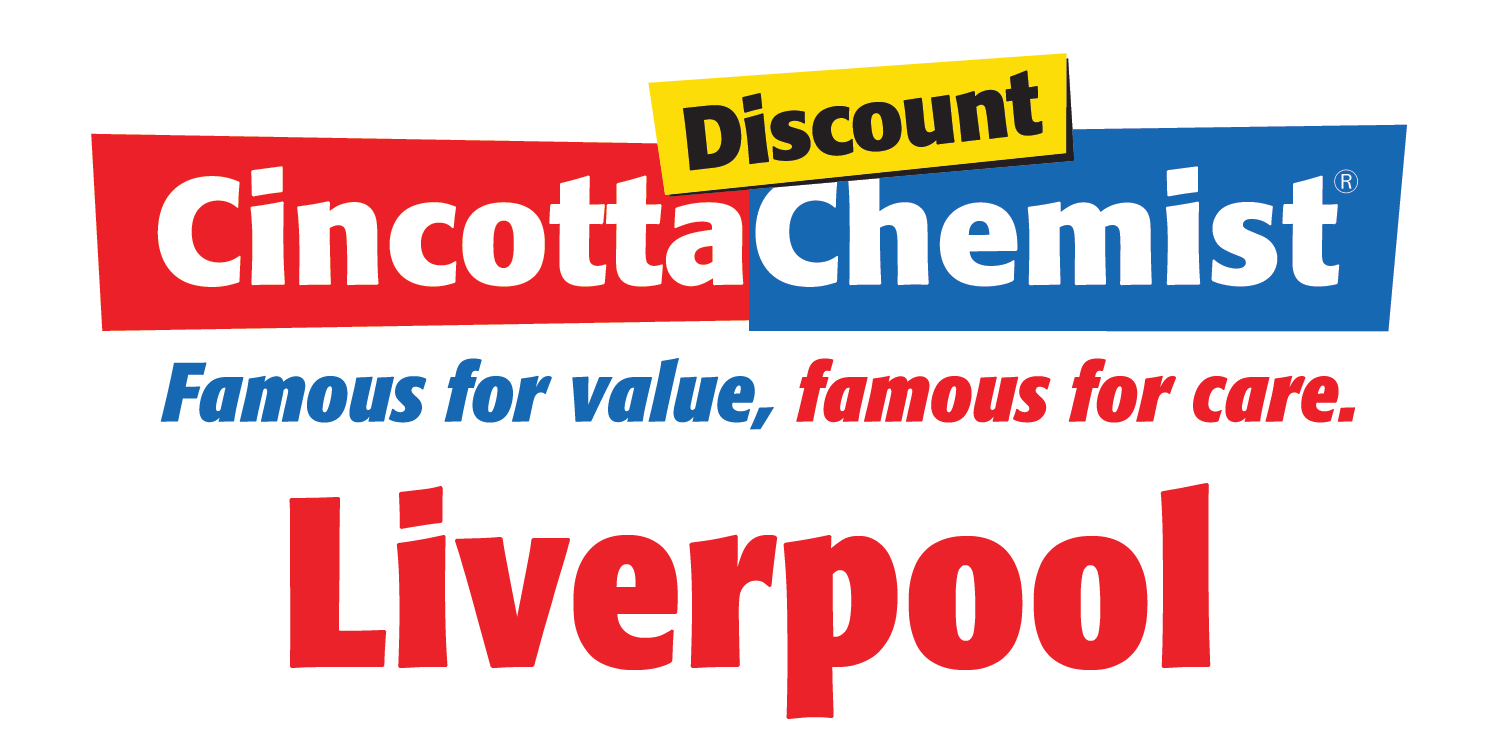Types of IVF Medication
In vitro fertilization (IVF) is a kind of aided reproductive technology. A woman’s reproductive system is unnaturally stimulated to produce oocytes, extracted, fertilized in a lab, and then implanted in the uterus. It is a multistep process that needs to be carefully controlled with medications. There are four main components in IVF. These components are pituitary downregulation, induction of ovulation, controlled ovarian hyperstimulation, and luteal phase support. Complex use of various drugs is involved in replicating the different fertilization stages; pharmacists should be an active part of the IVF healthcare team.
In 1976, the first successful transfer of human embryos was recorded by Steptoe and Edwards, and it was an ectopic pregnancy; however, in 1978, doctors achieved the first IVF pregnancy. Since then, we have come a long way, and the number of IVF centres and IVF procedures performed globally has increased substantially.
IVF is a complex process including ovarian stimulation, ovulation induction, assembling the oocytes, fertilization with sperm, and conduction the fertilized oocytes to the uterus for implantation and maturation. Doctors must carefully monitor each stage via the administration of medications. There are different protocols for using these drugs at each step. After a thorough pretreatment evaluation and an accurate diagnosis, the most appropriate pharmacologic regimen and therapeutic intervention are chosen. Read about the food and medication interactions that you must avoid:
Through decades of research, we have achieved a better understanding of human anatomy; researchers have developed more convenient and better procedures for In – Vitro – Fertilization since the first pregnancy through IVF was performed, such as;
1. Controlled Ovarian Hyperstimulation,
Several components are used to achieve controlled ovarian hyperstimulation, including GnRH analogs, clomiphene, menotropins, urofollitropin, highly purified FSH, and recombinant human DNA FSH (RH-FSH).
- GnRH Analogues:
GnRH analogs include human menopausal gonadotropin (hMG; also known as menotropins), urofollitropin, thoroughly refined FSH, RH-FSH, and genetically constructed FSH. It stimulates ovarian follicular production in women without primary ovarian failure and out-turn in follicular growth and maturation. However, they have a narrow therapeutic window ranging from no effect to ovarian hyperstimulation syndrome (OHSS).
GnRH analogs should be sustained from using on patients with primary ovarian failure that high levels of FSH can detect. GnRH analogs are also symptoms in patients with overt thyroid or adrenal dysfunction, pituitary tumours, abnormal uterine bleeding of unknown origins, ovarian enlargement of the previous hypersensitivity to other agents.
- Clomiphene,
Clomiphene is a racemic blend of the geometric isomers enclomiphene and zuclomiphene that straps to estrogen receptors and induces ovulation by expanding the result of pituitary gonadotropins. Clomiphene occupies estrogen receptors more extensively than estrogen itself, thereby lessening the number of available receptors, which the hypothalamus interprets as a drop in estrogen levels. Consequently, negative estrogen feedback on GnRH release is inhibited, promoting an increase in LH and FSH circulating levels. LH and FSH stimulate the ovaries, leading towards ovulation, maturation of the ovarian follicle, and the development and function of the corpus luteum.
- Menotropins,
Menotropins is a blend of FSH and LH purified from the urine of menopausal donors. Repronex or Menopur can be used as Menoropins. They are SC injections that contain 75 IU of FSH and LH each per vial.
The first dosage of Menopur is 225 IU daily; after five days, adjustments of no more than 150 IU per adjustment may be made.
- Urofollitropin,
The second generation of GnRH analogs holds a highly refined preparation of human FSH and a small amount of LH. It is utilized in conjunction with hCG to produce ovulation in women who have previously undergone pituitary suppression.
- Highly refined FSH,
Highly refined FSH is a third-generation agent that holds more FSH than urofollitropin. It is monitored SC rather than IM and is as functional as follitropin in attaining ovulation induction and pregnancy.
- RH- FSH
This fourth-generation agent, manufactured via recombinant DNA technology, consists of two noncovalently linked, nonidentical glycoproteins designated alpha- and beta-subunits.
2. Induction of Ovulation,
In IVF, ovulation can be induced using hCG, a hormone that duplicates the effect of an LH surge in the normal menstrual cycle. In the United States., Novarel is the brand indicated for this cause. It is monitored by the patient as an IM injection one day after the last day of menotropins or any other gonadotropin analog. Each vial of Novarel holds 10,000 IU, and the dosage ranges from 5,000 and 10,000 IU.
3. Luteal-Phase support,
The luteal phase, the latter half of the menstrual cycle, begins with the corpus luteum and ends with either pregnancy or menstruation. Progesterone is the prime hormone at this stage, and as the pituitary is downregulated before the cycle during IVF treatment, support is required.16 Support is usually progesterone supplementation, which has improved implantation and pregnancy rates.
IVF has been administered successfully over many years. Because IVF involves administering some drugs, clinical pharmacists should be included as an active part of the IVF healthcare team.



